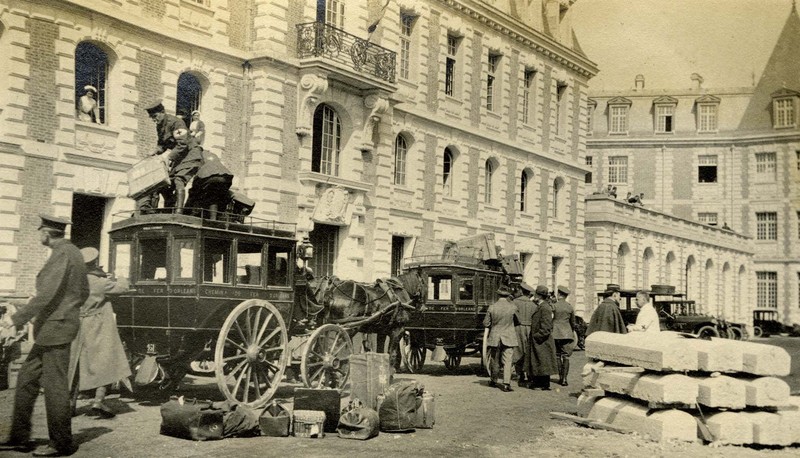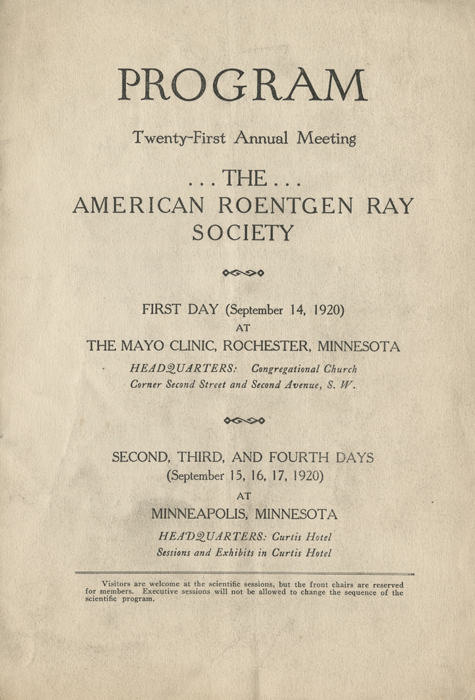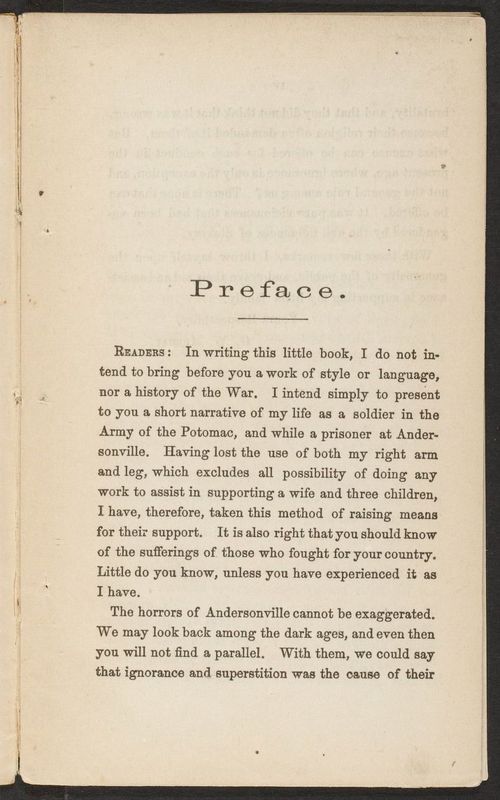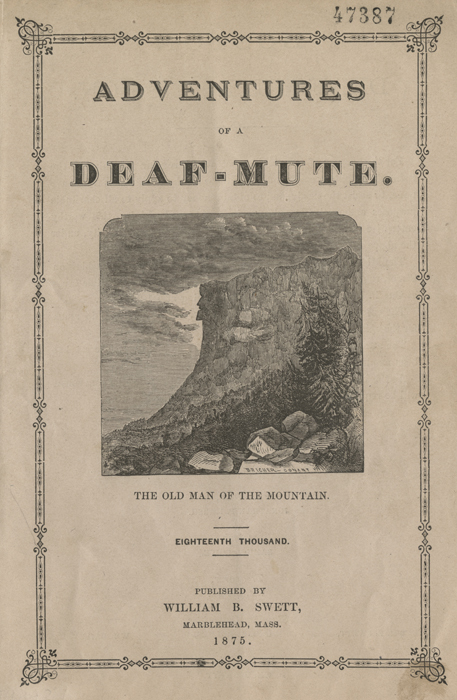War and Injury
Although the Countway's collections have long held copies of the second (1740) and also the 1748 and 1759 editions of Le Dran's famous treatise on gunshot wounds and military surgery, as well as the first English translation from 1743, this fine copy of the first French edition, with Le Dran's autograph on the title-page, has just been added to the collection. The library now holds all the Parisian editions of the Traite produced during Le Dran's lifetime.
In the summer of 1915, Geraldine Kemmis Martin (b. 1887) traveled to Paris as an operating nurse with the Harvard Unit of the American Ambulance Hospital and assembled an album of photographs of her colleagues and experiences in World War I. The Harvard Unit, under the direction of Dr. Harvey Cushing, included house surgeons of Massachusetts General Hospital and the Peter Bent Brigham Hospital, including Dr. Elliott Carr Cutler, and also Harvard Medical School faculty members Drs. Richard P. Strong and Robert B. Osgood.
After the war, Geraldine K. Martin married Cushing's associate, neurosurgeon Gilbert Horrax (1887-1957).
The American Roentgen Ray Society was established in 1900 to advance knowledge of practical work with the recently discovered X-ray. It is the first and the oldest society devoted to radiology in the country.
A stenographer present during the scientific sessions of the Society's annual meeting in 1917 produced this accurate transcription of the proceedings and discussions which followed the presentations. Many of the papers and comments concern X-ray work in the field hospitals of World War I.
The acquisition of the historical records of the American Roentgen Ray Society, complement the archives of the New England Roentgen Ray Society, and the books, journals, instrument catalogs, photographs and radiographs, and manuscripts of the Historical Collection in Radiology, further enhancing the Countway's position as one of the leading repositories for the study of this subject.
In 2005, Harvard purchased a collection of over 130 books, pamphlets, poems, and broadsides, all examples of the genre of mendicant literature—items composed and printed to raise charitable funds for their disabled authors. These narratives and autobiographical accounts of the hardships and triumphs of the blind, deaf, lame, and war-wounded are all now primary resources for the emerging field of disability studies.
A pattern-maker in Springfield before the outbreak of the Civil War, George W. Murray was taken prisoner, along with his three elder brothers, after the battle of Spotsylvania and confined to the infamous Confederate prison at Andersonville. He survived the ordeal, although parts of his hand and foot were amputated, and he lost the use of his right limbs. Murray then printed and sold this account of his imprisonment to help his wife and children:
"All the fingers on my right hand gone, and my arm, from my wrist to my elbow, partially paralyzed; nearly one-half of my right foot was in a similar condition, while the rest of it is drawn entirely out of shape, which obliges me to use a crutch … I returned home a mere wreck of my former self. Therefore, unable to work, and ashamed to beg, I have taken this method to raise a small capital to start some business, in order to enable me to support my family comfortably."
Another specimen of mendicant literature is this pamphlet by carpenter William B. Swett, recounting his explorations in the mountains of New Hampshire. Proceeds from its original printing were devoted to the Boston Deaf-Mute Mission, but Swett's failing eyesight prompted a reprinting of the pamphlet for his own support "that the profits thereof may help him along through this present affliction, peculiarly unfortunate to one who had already lost hearing and speech. All purchasers of this book will understand that they are aiding a deaf-mute, who, while able, actively devoted his energies to the welfare of his fellows in misfortune, and deserves some return therefor in his now darkened days."






